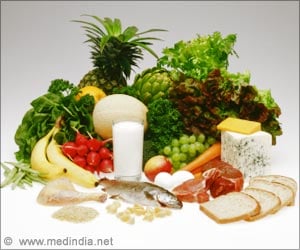A recent study shows that when people have to choose between affordable prices for nutritious food, they often choose lower prices.

The Persistence of Healthy Behaviors in Food Purchasing
Go to source) which shows that when faced with the choice of either healthy foods or Affordable prices, consumers often choose the cheaper prices.
Lower Price or Healthy Foods: What Would You Choose?
The study, which was published in the journal Marketing Science, discovered that when food consumers are given temporary incentives to buy better foods, they are more likely to choose those healthier items. When the discounts are removed, however, customers are more likely to revert to their old habits of purchasing less healthy/cheaper products.Meal Vouchers as a Tool To Make Healthy Choices
The study was based on research into the US Special Supplemental Nutrition Program for Women, Infants, and Children (WIC), which provides mothers and their children aged 5 and under with meal vouchers.WIC policy reform in 2009 altered the composition of food vouchers by providing coupons to encourage the purchase of healthier products.
According to lead author Marit Hinnosaar from the University of Nottingham in the UK, evidence points to decreased purchases of healthier options after participants left the program.
"During the incentive program, vouchers were restricted to whole wheat bread and low-fat milk," she said.
"Since some of these options tend to be more expensive, once the vouchers were no longer available for these products, consumers tended to choose items based on price."
Still, there was no measurable difference in the total quantities of products in the WIC vouchers during or after the program. These products included bread, milk, fruits and vegetables, juice, eggs, and cereal.
Advertisement
Reference:
- The Persistence of Healthy Behaviors in Food Purchasing - (https://pubsonline.informs.org/doi/abs/10.1287/mksc.2022.1396?journalCode=mksc)
Advertisement









